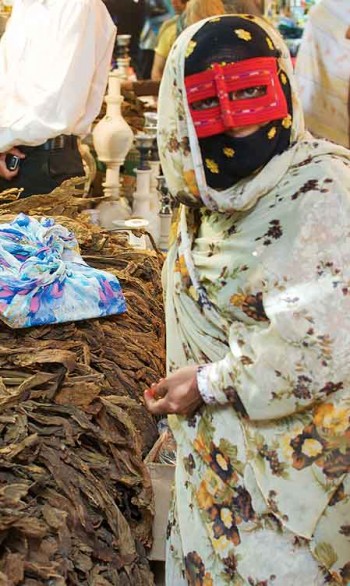
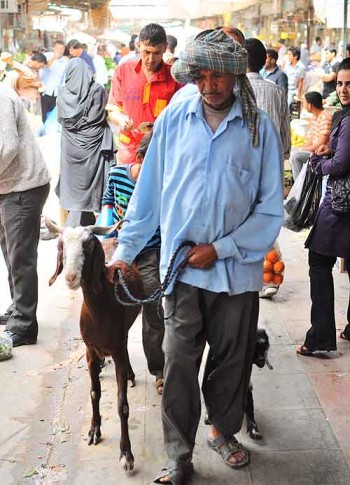
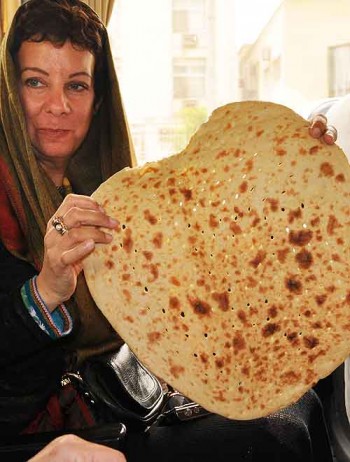
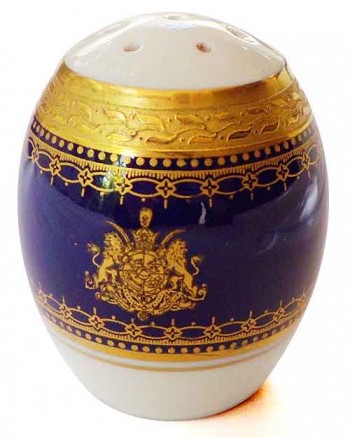
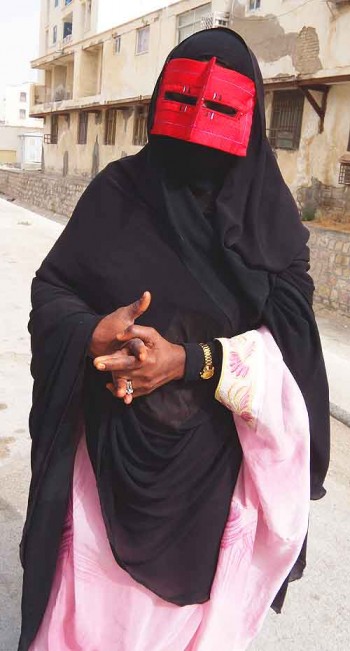
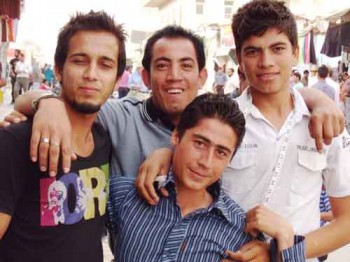
Iran
Bob Arno here, on our recent visit to Iran. The country has been in the news lately regarding the arrests of 30 persons accused of a U.S.-backed cyber war. We passed through last week, while also visiting Oman, Kuwait, Bahrain, and India. This is not an in-depth analysis about the stability of the present government in Iran or what lies in the future regarding its precarious relationship with Europe, Israel, and the U.S.; simply some observations from a short visit. [Way below!]
I first visited Iran in the mid-sixties as a young entertainer, performing in a shabby nightclub in Tehran. The booking was for two months and quite typical of the kind of engagements I was getting all over the middle East in those years, in Beirut, Cairo, Dar Es Salaam, and Teheran. These clubs were basically a front to sell alcohol and what were then called “consummation girls.” Even today, Lebanon advertises for girls to work as dancers and consummation hostesses in clubs across Lebanon.
The nightclub shows were simply an excuse for the management to have a license and to be allowed to stay open in a Shari’ah society. These were tough audiences, not especially interested in a young Swedish comedy performer, but the novelty of pickpocketing was intriguing and different from the usual fare of belly dancers, jugglers, dance teams, and singers. My show at the time was rough around the corners and I hadn’t yet acquired the confidence or slickness which later became my trademark and is essential to being a good pickpocket. With a few simple pickpocketing stunts I was able to bamboozle this nearly-ninety-percent male crowd and hold their attention.
Halfway through my booking, the club management informed me that I had been invited to the palace to do a private show for the Shah. No, there was not going to be any extra fee; this was an invitation to entertain the royalty (as if I were a court jester), and I should consider myself honored that his highness the Reza Shah had requested my services.
My manager at the time was a British show-business entrepreneur—Lord Anthony Moynihan. Moynihan was married to his second wife (he would eventually be married five times), a Pakistani belly dancer called Princess Amina. A diva of considerable proportion and a nightclub attraction with great popularity throughout the Middle East, she always guaranteed large audiences. Lord Moynihan was in Teheran, together with Princess Amina, who was performing in the same venue as myself. There have been many colorful stories written about Princess Amina. The most accurate one was written in 2002 in The Daily Times (of Pakistan) by Kaleem Omar.
Lord Moynihan was instrumental in structuring my career and coordinating my early bookings from the mid- to late sixties, culminating in several gigs at the London Playboy Club run by the infamous Victor Lownes. We parted ways in early 1970, when the Lord became one of the most wanted men in the UK for financial fraud. I, too, had long suspected Moynihan of “unusual” business practices, but I was never able to nail him with evidence, despite our close association. I finally got hip to his shenanigans when Victor Lownes told me that Moynihan could no longer enter the club premises, because he had been caught operating a cheating syndicate, pushing roulette chips over the table lines, with sophisticated diversion techniques involving beautiful girls leaning and shading the line of sight of the dealers. I don’t know who learned most from whom during our eight-year relationship. But that’s another story. And another post.
The Lord, Princess Amina, and I were brought to the Palace in downtown Teheran and invited to dinner. No, not with the Shah and Farah Diba, but at a separate table in a different room. Most memorable were the table settings, the porcelain, and the gold utensils. For a young impressionable Swede this was certainly a first.
A security adviser soon told me to enter the sitting room and do my show. Gathered on a large sofa were the Shah, Princess Farah Diba, King Hussein of Jordan, and his young wife, Queen Noor. But there were parameters. I was firmly instructed not to touch the Shah during my performance. How does one do pickpocketing if he’s not allowed to touch his subjects? Further on, the Shah wore a gold Rolex Presidential watch—at the time one of the most expensive watches in the world, and certainly not something that I would experiment with. The only thieves who are able to lift Rolexes are in Naples, Italy (then and now), and their technique is most certainly not appropriate for light dinner entertainment in a royal setting. I had to resign myself to some other table magic routines, which were my usual fallback material when all else failed. My evening with the royal rulers in the Middle East was not a success to boast about. I never ripped off the Shah of Persia. Well, not the official way.
And now we go forward, to the present day. I haven’t been back to Iran since the sixties. Today, hopefully, I am more astute at reading security trends and the political winds. I especially wanted to talk to ordinary young people about their feelings on Iran now and how they see their future in relation to Europe and the rest of the world. I expected to see parallels with Turkey, where the dialog about joining the European Union is intense, if not conclusive. Our first destination was Bandar Abbas, a city of around 370,000.
Driving through the center of the town I noticed an abundance of graffiti, or recently overpainted graffiti. I was curious about whether the slogans or messages were political, and for or against the government. I got the most amazing replies to my questions—mostly outrageous explanations, with no grounding in reality. For example: people are allowed to advertise for a month on the walls and then the municipalities paint over the walls to allow for new messages.
Or, an even better explanation: young people are encouraged to express themselves artistically on the walls, and then they are repainted for new creative expressions. I could not find a single person who would insinuate or say that these were angry statements from the opposition which had been removed or painted over by the authorities. End of that story.Â
But I did find several people in their mid- or late twenties who proclaimed that most of the young people hated the present regime, that they were robbed of their election, and that nobody cares or pays any attention to Mahmoud Ahmadinejad. True, these were people who spoke English and had a good education. Had I been out in the countryside and had a similar conversation with farmers, I might have gotten an entirely different story.
The most significant reflection I can pass along is how friendly everyone was, regardless of where we walked. We were obviously a novelty to the people, but there was absolutely no anti-American mood expressed or observed anywhere. People were genuinely friendly and open, and wanted to communicate and interact. There are many countries around the world where we Americans are sneered at, or receive a cold reception; Iran, at present is not one of them. That is not to say that the regime is not presently jockeying and manipulating world opinion. They are facing an embargo or trade sanctions in the UN, and perceptions of European visitors, tourists, or business travelers can shape the dialog.
We did notice civilian dressed security personnel following us from time to time, when we traveled and stayed with a group of other Americans, but mostly we were on our own and without escort, supervision, or secret surveillance. We spotted a few young clumsy pickpockets on the perimeter of a large crowd that had gathered around a troupe of shady “three card monte” men, operating just like they do in the rest of the world—spotters, shills, and a main operator. And, as usual, they scattered when a motorcycle with two cops approached.
In the souks we saw many social subgroups in their traditional garb. One should certainly not point a camera at these conservative women without permission. Some gave us the okay; others declined. Yet others struck unbidden poses and begged to be in our photos.
Iran is clearly at a turning point this year. It will be interesting to see the developments the next six months. Because I recently wrote about the Mahmoud Al Mabhouh killing in Dubai, I will conclude this post with an observation about Dubai, and its latest chess move: barring entry to any person with an Israeli passport. There has been a lot of speculation about whether this presumed Israeli operation was sloppy, arrogant, or ill-informed of the quality of the surveillance equipment. Senior analysts in the intelligence communities have expressed conclusions that they must have underestimated the advanced surveillance technology in Dubai. Security guru Bruce Schneier opened his recent Crypto-Gram newsletter with an interesting summarization.
I recently spoke with Samuel Lewis, former Ambassador to Israel for eight years during the Carter and Reagan years (and later director of the State Department’s Policy Planning Staff during the Clinton years). Ambassador Lewis has a deep understanding of the Iran-Israel conflict: he too thinks that the Israeli Mossad had underestimated the Dubai technology advances. That is, if the Mossad are the people behind the assassination. My own theory on this is that the Israelis wanted to send a clear message both to Dubai and its banking system, and to HAMAS. The software and the technology going into the camera surveillance systems must surely be well-known to the Israeli intelligence community. In weeks to come, we’ll hear more interesting revelations about the Dubai affair.

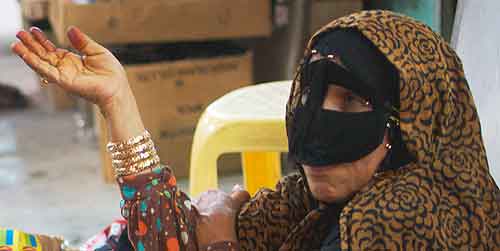





8 Comments
Thank you, Parinaz. I appreciate an insider’s perspective! Unfortunately, I only had the opportunity to visit Bandar Abbas on that visit, but I sure hope to return. I have a friend in Tehran whom I’d love to visit, and tells me all about his life, which is just as modern and mainstream as my own. While I didn’t mean to imply that all of Iran was “like in the 60s,” the quaint photos, the ones that show a life different from our own, are the interesting ones.
I feel very lucky and privileged to be able to travel the world, even if some of my visits are brief and only give me a superficial view. Still, I appreciate any time I get in a new place and new culture, and I like to share the more interesting and unusual differences I encounter.
As an Iranian, I have something to tell you. There are more than 10 nations in Iran and each nation has its own culture. Some people who live in south of Iran (the city you’ve visited) n cover their face as a part of their culture( It doesn’t mean they’re forced to), People from other cultures and other nations aren’t like that and have their own way of dressing. You should have taken a trip to other cities and seen other people, then come to a proper conclusion.
And about your note in the picture of the man with goat :”Iran today—looks quite like in the 60s.” . You’ve just visited that small town and think that the whole country is like that. Why don’t you come to the capital, Tehran, and other metropolises to see how modern Iran today is??????????????
In your next trip to any country, please don’t jump into the conclusion before a comprehensive visit and study of the whole country.
By the way, you’re well come to Iran, my lovely country, anytime.
Jo: Bob Arno and I were certainly in Iran a few days before this article was posted. All the photos here were taken in Iran at that time by Bob Arno, me, or our friend Rafael Derkson, who gave us permission to use them. We photographed the most colorful scenes to us, as outsiders. Though we saw fully covered and masked women everywhere, it is true that they could have been Afghan people. We presumed they were Iranian village people but, you’re right, we did not know.
Did you pick up on the fact that Bob Arno, who wrote this article, is a comedy pickpocket entertainer? Not a “thriving criminal;” however, he did admit to swiping a salt shaker when he was a young man. Not something he is proud of, but he revealed this youthful transgression because our visit to Iran caused him to reminisce about his experience at the Shah’s Palace in Teheran.
And by the way, your use of the word “retarded” is socially unacceptable these days.
Women in Iran are only required to cover their hair and their necks. They don’t wear those retarded masks! Fucking idiots….
Whoever wrote this article is a complete idiot! The pictures you’ve shown are all afghan people! Iranians don’t walk around in Jesus sandals with goats, and Iranian women DEFINITELY do not wear those dresses with the face masks! Also, one of the women you shown wearing those afghan clothing is BLACK! I highly doubt you’ve ever stepped foot in Iran. Also, you’re proud of being a thriving criminal? What’s wrong with you?!
@Bambi: I bet you were cute as a button. 😉
@Bob: I met a bloke from SOS in Copenhagen at LAX a few years back. His job was of course to fly out and accompany sick people back home. He carried two passports and showed them to me – one for Israel, one for the rest of the world.
Great article. I can’t wait for a syndicated television series! Bravo!
Fascinating story from both of you! And great photos. We want to hear more, and see more pictures.
I had to be completely covered in Iran, from top to toe. Although it was only about 80º F, I found myself sweltering under a headscarf. Neither did I enjoy the loss of peripheral vision caused by the scarf. I can only imagine how it must feel to wear a full face covering.
I had never before seen the square red masks worn by some women. These had a vertical flap between the eye-holes which protruded about an inch. These masks must also impair vision. I watched a group of five young women wearing them step into a glass-fronted pharmacy/make-up store. While inside, they raised their masks as if they were sunglasses, to perch above their foreheads. This despite the male shop clerk and glass front that made the women’s faces visible to all.
I had to wear a chador while visiting the inside of a mosque. The loaner chador was like a giant sheet. I was meant to cover myself from the head down, ghost-like. I found it tricky to keep the chador in place without having it drag down my headscarf, revealing bare head, and trickier still to snake a hand out for picture-taking. The friendly attendees just laughed and said “take it easy,” a phrase they must have picked up somewhere.
The mosque I entered was actually a shrine, spectacularly tiled. I was amused to see its enormous crystal chandeliers and wall sconces outfitted with CFL bulbs. The attendee inside jumped beside me and indicated that she wanted her picture taken with me, with my camera. After the photo, she turned and kissed me on the lips. Bob and I experienced the locals’ eagerness to be in photos over and over.
I was entranced with the highly decorated trousers worn by so many women. I tried asking several groups of young women where I could find some to buy. Each time, the women dissolved into giggles and hung their heads. One woman allowed me to photograph her leg, which is how I eventually found the pants in the souk. I discovered they are basically “one size fits elephant.”